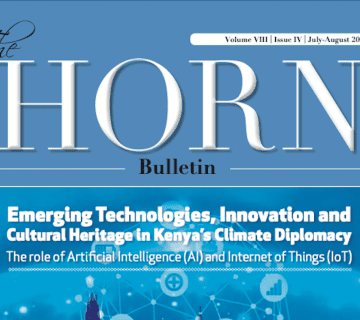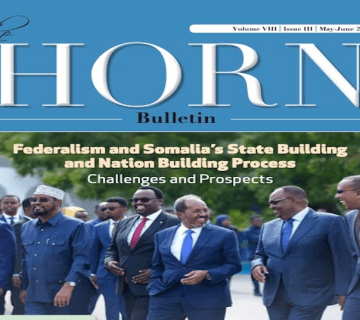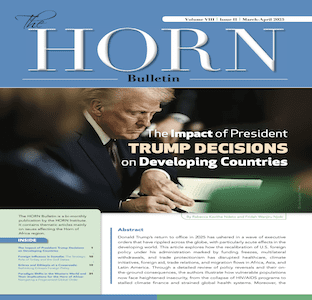This edition of the HORN Bulletin presents four timely articles that explore the geopolitics of the GERD, generational transformation, federal governance, and the privatization of security across Africa. The first article, “A Power Play on the Blue Nile: Ethiopia Turns on Africa’s Biggest Dam,” examines the Grand Ethiopian Renaissance Dam (GERD) as both a symbol of national resilience and a catalyst for regional tension. It situates GERD at the intersection of development and geopolitics, detailing how Ethiopia’s self-financed hydroelectric megaproject doubles domestic energy capacity and positions the country as a regional power exporter. The paper also probes downstream anxieties in Egypt and Sudan, unpacking colonial treaty legacies, international water law, and competing principles of equitable use versus no significant harm. It concludes that GERD’s long-term success depends on cooperative hydro-governance, regional energy integration, and transparent data-sharing to avert future conflict.
The second article, “Securing Tomorrow: Harnessing Gen Z’s Potential for National Security and Economic Transformation in Kenya,” examines the dual nature of Kenya’s Generation Z, both as a digital-era disruptor and a driver of innovation. Drawing on social media engagement and positive youth development theories, it traces the 2024 Finance Bill protests to structural youth exclusion, unemployment, and digital mobilisation. The paper reframes Gen Z not as a national threat but as an untapped asset whose digital literacy, entrepreneurial capacity, and technological creativity can be leveraged for inclusive security and economic resilience. It calls for adaptive governance, youth engagement in policymaking, and targeted investment in AI, cybersecurity, and digital literacy.
The third article, “Between Autonomy and Anarchy: Assessing Federalism and Institutional Stability in Somalia,” evaluates Somalia’s protracted struggle to balance federal autonomy with national cohesion. The study interrogates how clan dynamics, power distribution, and international interventions have shaped Somalia’s fragile institutions. It argues that sustainable federalism requires a recalibration of centre–periphery relations, constitutional clarity, and equitable resource sharing. Through comparative analysis with other post-conflict federal systems, the article outlines pathways for political stabilisation anchored in accountability, inclusive governance, and capacity-building of regional administrations.
The fourth article, “Mercenaries in Africa’s Security: The Opportunity Cost of Foreign Intervention?” critically assesses the growing reliance on private military and security companies (PMSCs) across African conflict zones. It contextualises this trend within global power competition and shrinking state capacities, examining cases from the Sahel to Mozambique. The author highlights how mercenary engagements—while addressing short-term security vacuums—undermine sovereignty, distort local security economies, and obscure accountability. The paper urges African states to strengthen national defence institutions, enhance transparency in security contracting, and pursue multilateral regulatory frameworks to mitigate the costs of privatised warfare.



